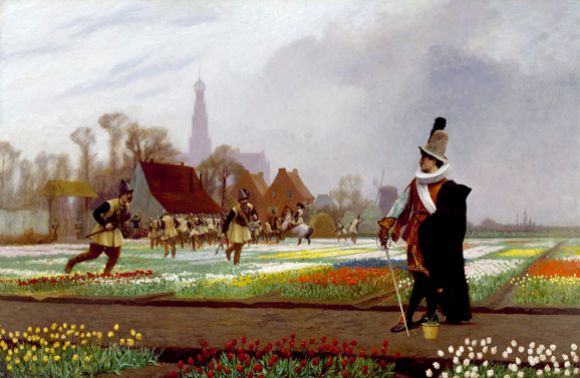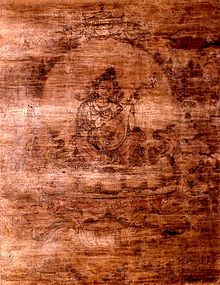
The Walters Art Museum in Baltimore, Maryland, has donated more than 19,000 freely-licensed images of artworks to Wikimedia Commons. The Walters’ collection includes ancient art, medieval art and manuscripts, decorative objects, Asian art and Old Master and 19th-century paintings. The images and their associated information will join our collection of more than 12 million freely usable media files, which serves as the repository for the 285 language editions of Wikipedia.
The project began taking shape in February 2012, as part of the GLAM-Wiki initiative (Galleries, Libraries, Archives, and Museums). During GLAMcamp DC, a three-day conference hosted by the National Archives and Records Administration in Washington, D.C., the Walters Museum worked with several Wikimedians to develop a documented process for uploading images to Commons. The basic details of the upload procedure were established during the conference, and during the weeks that followed, the uploads were conducted, monitored and tested, while collaboration continued online.
”The Walters has gone above and beyond throughout this collaboration with the GLAM-Wiki community, working alongside Wikipedians to serve as a model for our mass image upload process,” said Lori Byrd Phillips, U.S. Cultural Partnerships Coordinator for the Wikimedia Foundation. “The release of these images will not only improve articles in Wikipedia, but will also have the potential to be used freely throughout the web.”
The image donation is part of the Walters Museum’s larger initative to provide free public access to its collection, both online and offline, beginning with the removal of admission fees in 2006. In 2011, the Walters launched a redesigned works of art website with 10,000 online artwork images freely licensed under a Creative Commons license.

”By uploading our information in this way, we can share items of cultural heritage from around the globe, directly with people in those parts of the world. Already our images have been used in 48 different languages. The Walters’ collection is well-suited for this project because of its size and its breadth of topic areas,” said Dylan Kinnett, Manager of Web and Social Media for the Walters Art Museum. “By developing documentation and tools for this type of work, we hope that our upload project can serve as a prototype for other cultural institutions.”
Already, the museum’s images have had an impact in improving content on Wikipedia, such when they are used as illustrations in entries whose topic is not the artwork itself, but a related idea, such as a mythological figure, or a time or place. The Walters’ painting of the Hindu goddess Saraswati, for instance, has been added to five different language Wikipedia entries about the goddess.
We would like to thank to the Walters Museum for their donation and their commitment to promoting free knowledge on Wikimedia Commons, and to the GLAM volunteers who helped make this endeavor possible.
Matthew Roth, Global Communications Manager

Can you help us translate this article?
In order for this article to reach as many people as possible we would like your help. Can you translate this article to get the message out?
Start translation